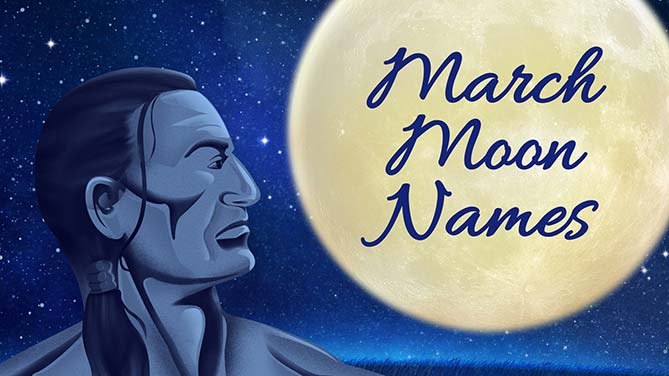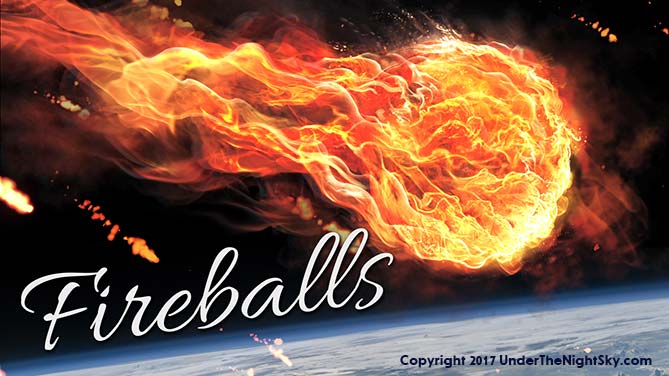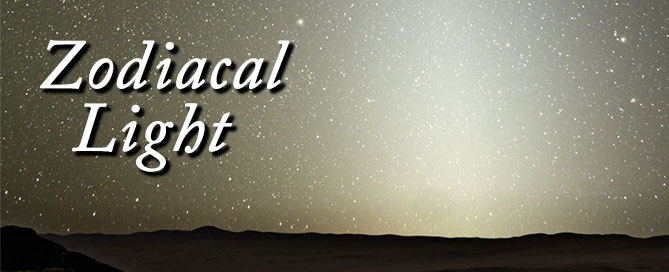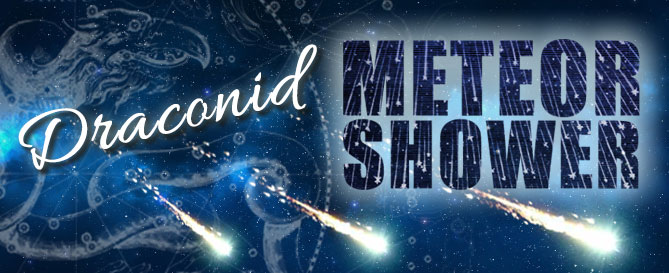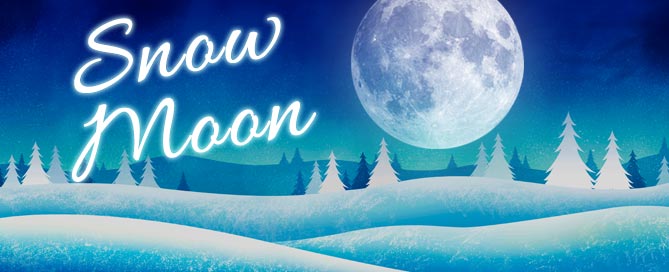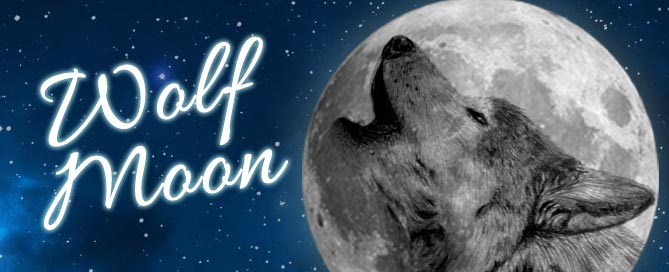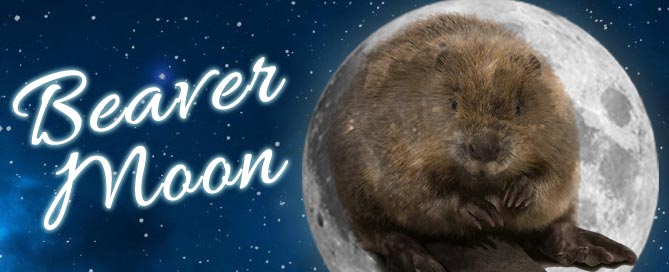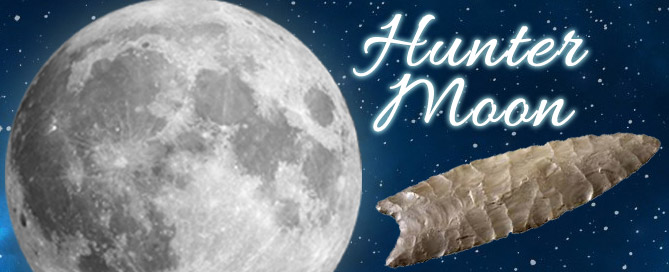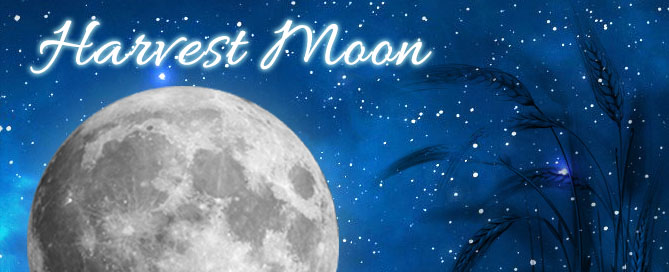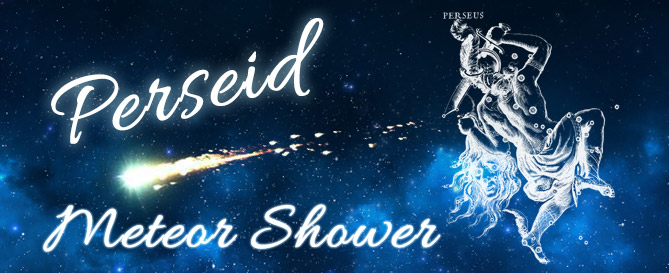March Moon Names
March Moon Names March is a month of transition. The seasons are changing from winter to spring in the Northern Hemisphere. South of the equator it’s moving from summer to fall. All around the world, change is prevalent. This change is no better illustrated than in the names the Native American’s had for the March moon. Days grow longer as we progress into spring. The sun makes its way a little higher into the sky every day. For the tribes of the Northern and Great Plains, this could cause a problem. The bright sun would reflect off the white snow […]
